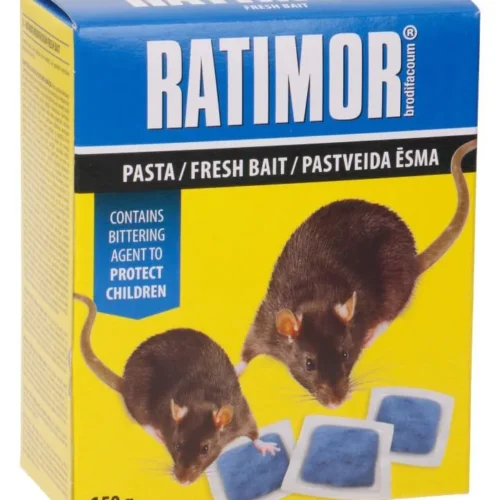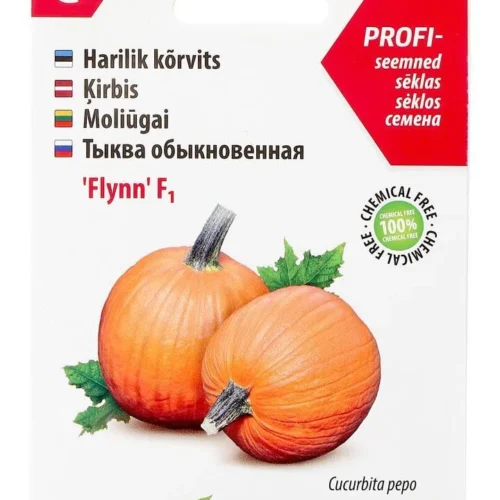Garden and lawn lime is an environmentally friendly Estonian product.
Limestone flour is used to reduce the acidity of mineral soil, turf or growth peat.
As a result of the addition of limestone flour, the pH of the soil rises, the solubility of nutrients improves, and the activity of soil microorganisms is revived.
The calcium and magnesium content in the soil also increases.
Liming inhibits the growth of moss in the lawn.
Manual
Use from early spring to late autumn. Lime can be sown on the surface of the soil (or lawn) or mixed into the soil. pH levels suitable for cultures: pH 6-7 – open-air cucumber, tomato, onion, pea, cabbage, turnips, beans, carrots, beetroot, leeks, rhubarb, tulip bulbs; pH 6-6.5 – strawberries, berries, fruit trees, ornamental plants, potatoes; pH 5.5-6.5 lawns. Application rate: 8 kg/100 m² of soil area each year. When setting up a garden or planting plants, mix 30-80 kg/100 m² of soil. To neutralize the acidity of 1 m³ of bog peat, it will take about 6 kg of limestone flour.




























Reviews
There are no reviews yet.